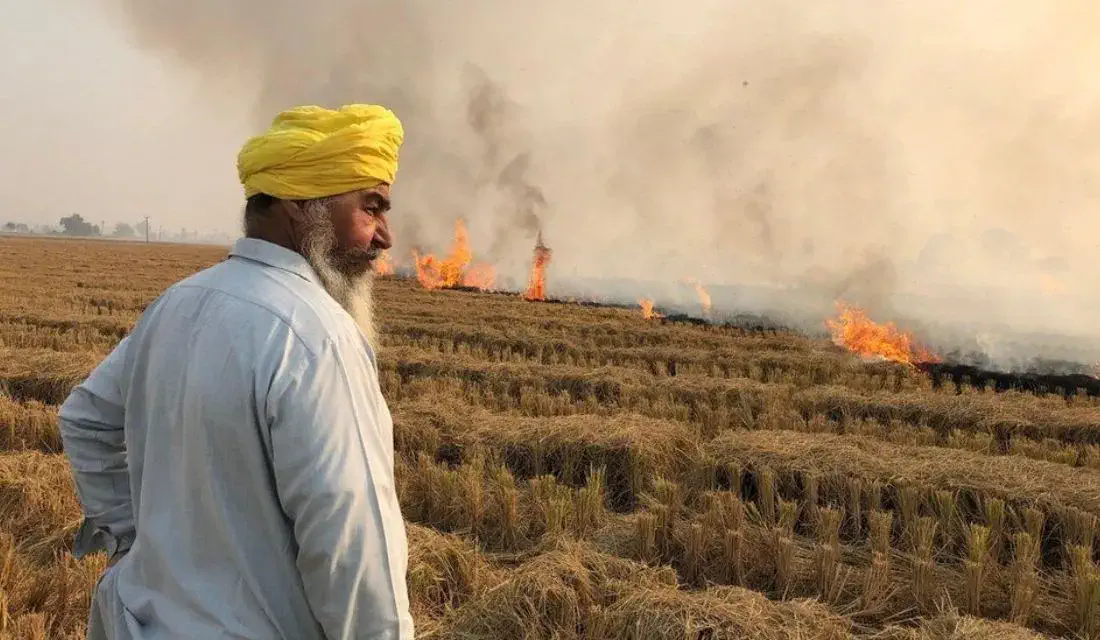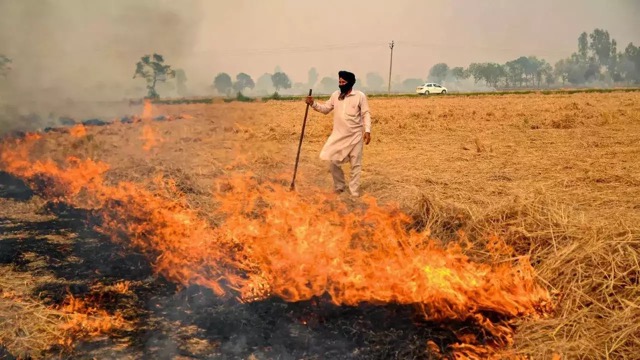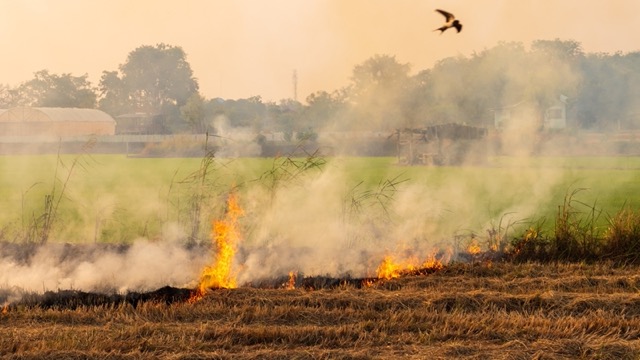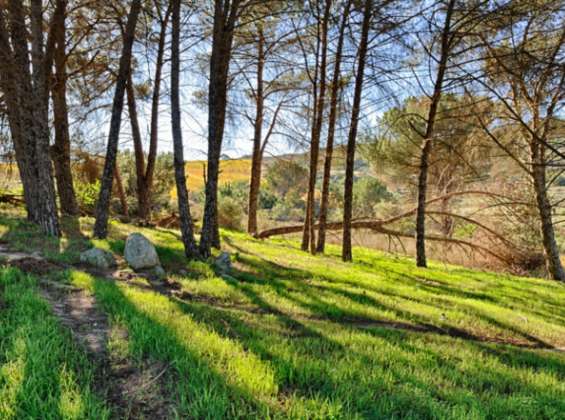
Simran and his 17-year-old son, Vikram, lived in a small village in Punjab. Simran was a farmer, and everybody in his family did farming to earn money. Vikram saw his grandparents and parents performing various farming activities as a child.
Since Vikram was born prematurely, his lungs have been underdeveloped, and he has always faced related issues. Every year in winter, when his village was covered with smog, he struggled to breathe as the air around him was poor.
What did he do?
He used to go and live at his aunt’s house in Ruderpur for those few months and returned later. But he always knew that this wasn’t the solution.
Every year in November and December, mainly after harvesting, his village was covered with smog (smoke and fog). It was a sign of poor air quality that affected everyone, including Vikram. Being an active kid, Vikram asked his father the same question every year: why is the air so bad around us? How can it be reduced?
One day, Vikram fell severely ill, and his father went to drop him at his aunt’s place. Days went by, but he saw no improvement. He got hospitalized and was under close examination by doctors.
Doctors had a word with her aunt and Vikram’s father. The doctor informed them that Vikram had developed a severe respiratory infection. The doctor told them that he had studied Vikram’s health history and saw that he had black deposits in his lungs due to air pollution. The doctor concluded that due to decreased lung activity, Vikram faced health issues mainly in winter when his village was covered with smog.
Vikram’s father told them he struggles the most when all the farmers burn the leftover in their fields after harvesting. This activity, which many farmers perform, is known as stubble burning.
Now what is stubble burning?
Stubble is a straw-like residue left after harvesting grain crops like wheat, paddy, etc. Stubble takes a lot of time to decompose naturally, making it hard for farmers to plant new seeds. As a result, these stubbles are burnt, known as stubble burning.
Burning stubble is the easiest and most economical option for farmers to get rid of stubble and prepare the soil for the next crop season. However, stubble burning emits many pollutants in the air that degrade air quality and can cause health problems.
“Sir, stubble burning releases harmful pollutants in the air like CO2, NOx, CO, SOx, PM10, and PM2.5. Now, during winters, air dispersion gets slow, which is why these pollutants stay in the surrounding for an extended period, causing health problems for people who inhale this air.”
The doctor also added that stubble burning is not just bad for our health but also reduces soil fertility.
After hearing all this, Vikram’s father finally connected all the dots and realized that his child mainly fell ill in winter when stubble is burned; there are winter seasons plus, crackers are burnt around the country on Diwali. All of these things combined affect air quality at high levels.
“Doctor, thanks for guiding me. The problem was right before me, and I was ignoring it all the while. But, please guide me on how to reduce this?” Simran asked the doctor.
“Don’t worry, Simran. I will give you the number of an agricultural scientist who will help you know the effects of stubble farming in detail and what you can do to reduce it.” the doctor replied.
The scientist told the following things to Simran that will help decrease air pollution caused by stubble burning.
- The Indian Agriculture Research Institute has developed an alternative radical solution as a bio-enzyme called PUSA. In this, the enzyme is sprayed on the stubble, which speeds up the decomposition process and turns it into manure.
- Instead of burning it, it can be used in cattle feed, roofing in rural areas, compost manure, biomass energy, mushroom cultivation, packing materials, paper, fuel, bio-ethanol, industrial production, etc.
Simran understood that the solution to this problem was: to avoid stubble burning. He knew that to make a change at a high level and improve air quality; he had to tell all the farmers about this.
Gradually, Simran started educating all the farmers, and within a few years, 80% of farmers stopped stubble burning in the village.
It is high time that farmers in north India understand the risk associated with stubble burning and other agricultural activities. We hope this story reaches them and we can move towards green choices.
Image resources:








Leave A Comment
Your email address will not be published. Required fields are marked.